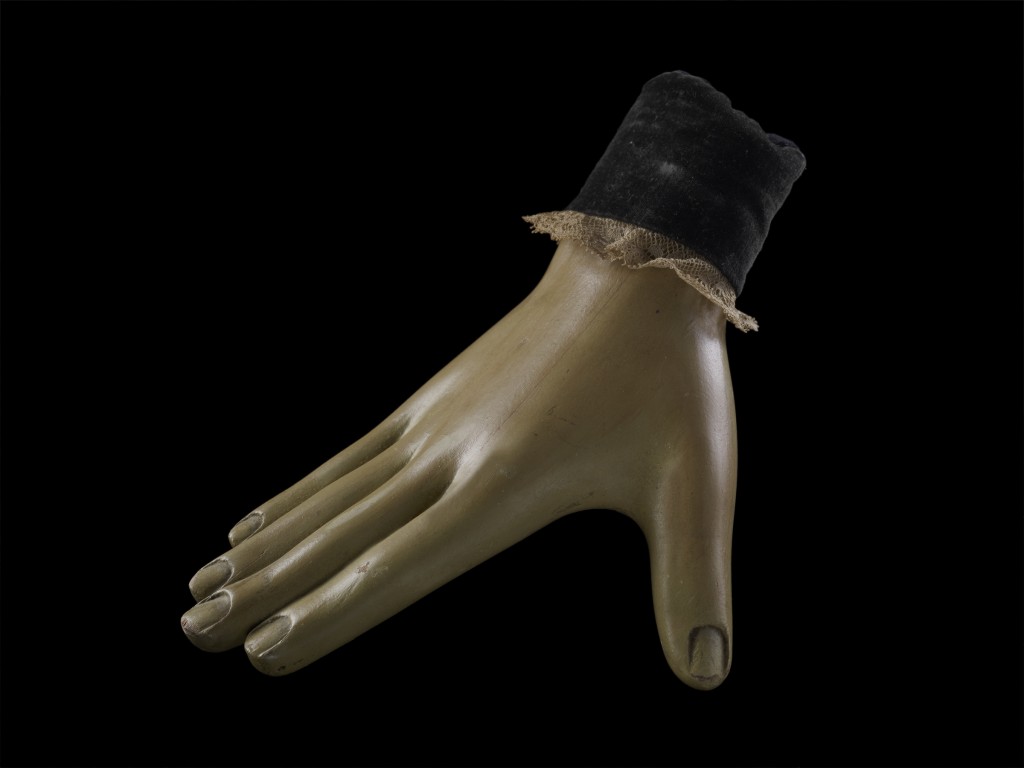Ghost hunting is an orchestrated provocation.
A haunting is a puzzle which investigators attempt to solve using the standard tools of paranormal forensics. Complicating their work is the fact that each participant is also an agent within the realm of what is being watched. In this sense, a haunting is a kind of performance in which each investigator is both observer and co-producer.
To be clear, this doesn’t mean that the ghost being investigated is exclusively or always a social construct; neither does it mean that, by mutual assurances, a group of investigators can establish the presence of a ghost. While the performative aspect of the investigation is closely (even ironically) related to the social production of ghosts, its primary purpose is to invite ghosts to make themselves known. The hunters’ knowing performance is a provocation to play. Said more precisely: the investigation is a ritual performance designed to elicit correspondences and spontaneous irregularities within the investigators’ purview.
In the context of historically informed ghost hunting, provocations are noise fields, patterns of energy that investigators use to provoke spectral feedback. Any controlled energetic event may constitute a provocation. A provocation may be discursive, like someone reading aloud from an oven manual. It may be mechanical, like marbles orbiting the drain in a clawfoot tub. Provocations may escalate, trigger other provocations, become increasingly deterministic, dither, or suddenly stop. There is a craft to making noise and, in the quiet between events, listening for ghostly rhymes. Provocations blossom causally, as if expanding the set of all possible outcomes to include the miracle-show of ghosts. At a macro-level, ghost hunting is an orchestrated provocation with periodic crescendos. (Within and between those crescendos, we listen for counter-signals.)
Ghosts appear in the wake of our noise, which also serves to cloak them. They are indirectly discovered, if at all, in the margins of sense data where it is difficult to discern between an object and an accidental alignment of sensory effects. The evidence of a ghost’s agency is often so slight, its presence so diffuse, it is sublimated into a byproduct of our own thinking about it. We treat the encounter as a cognitive error, an accidental flare-burst in the camera’s sensor. In which case, there is no ghost, just our apprehensions echoing back to us, busily emplotting the dark with spectral forces. But a well-constructed investigation will include a variety of carefully modulated noises and feedback loops, thereby increasing the phenomenal surface upon which outside forces may act. If we are lucky, the one-off cognitive error reveals itself as part of a pattern, a unit of meaning.

